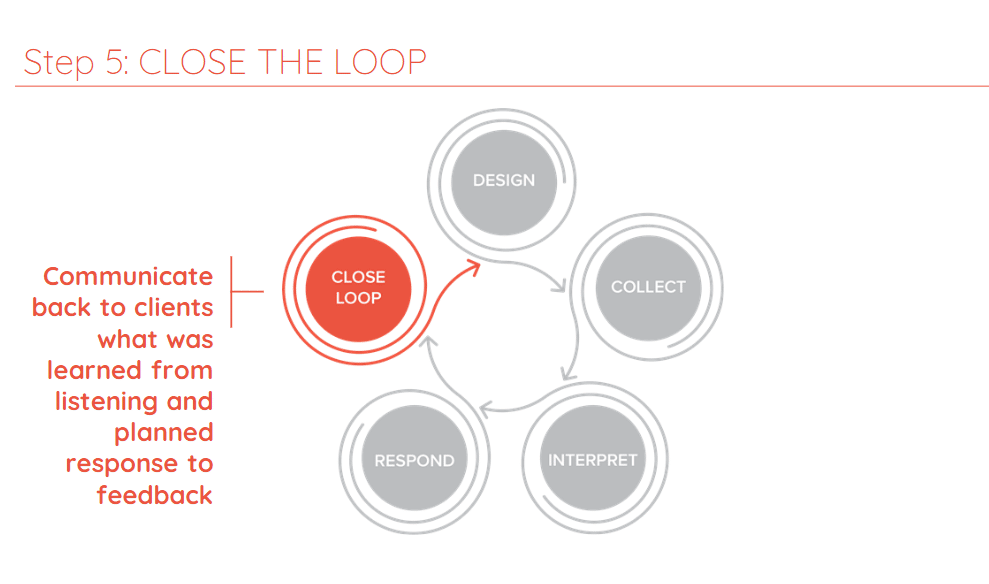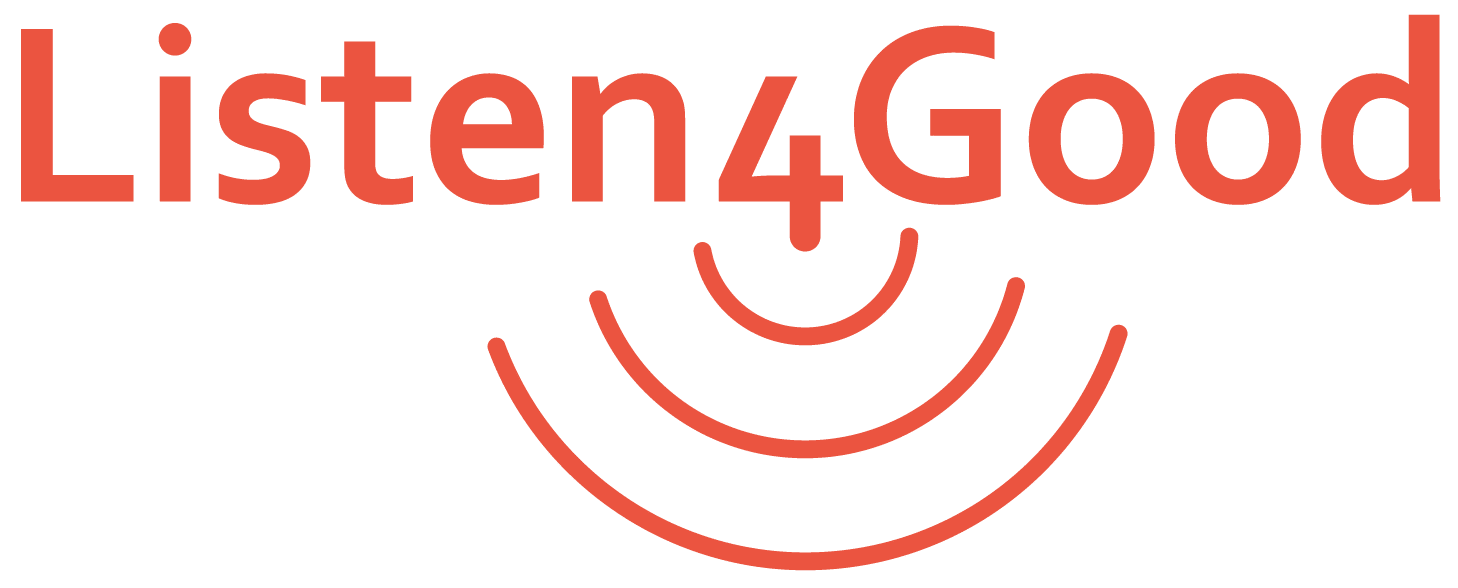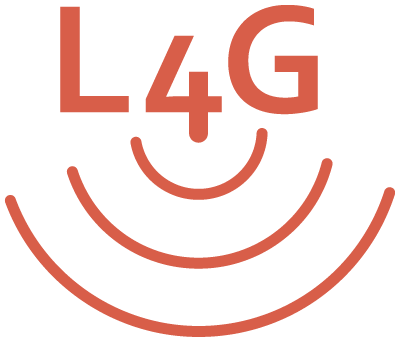Closing the Loop: How Listen4Good Changed Its Approach
April 14, 2023
By Rebecca Klein, Rebecca Koladycz

You’ll often hear us at Listen4Good say that the final step in the five-step feedback loop process, Closing the Loop, is arguably the most important one. As you may have guessed, Listen4Good regularly closes the loop with our participating organizations.
As Listen4Good has grown in size and complexity over the last couple of years, we realized that our methods for closing the loop no longer served us as well, so we decided to reexamine our processes for this step. As a result, starting this year, we are changing the way that we close the loop!
For those of you unfamiliar with this step, closing the loop is when organizations share how they’re responding to what they’ve learned from feedback data with their clients. This step increases the level of engagement of clients by letting them know that you value their feedback, as well as how you will respond to it.

Organizations often tell us that closing the loop is the most challenging step in the feedback loop process. We get it! While closing the loop ourselves, we confronted the same challenges and questions that any organization does as it completes this important step. Here, we’d like to share these challenges and how we dealt with them.
Until this year, we closed the loop after each survey we sent out. This meant we were closing the loop in a cadence that didn’t align with our internal organizational data review and work planning processes that occur in the fall of each year. This caused our closing the loop process to feel disconnected from our work and less sustainable as a result.
We knew we wanted to better embed closing the loop into our existing organizational processes. So, we decided to change it up. As we advise Listen4Good participants to do when working through this step, we asked ourselves the following questions:
- When is the best time to close the loop?
- What should we say?
- How should we do it?
We focused first on when. We advise organizations to think about the natural points in their organization’s programming — like regular meetings with clients, annual gatherings, newsletter blasts, registration/enrollment periods. In our case, we were particularly interested in figuring out how to build closing the loop into a more natural point in our own learning and planning cycle.
Throughout the year, we receive a lot of feedback continuously, both from feedback surveys and other sources. We collect feedback across multiple Listen4Good cohorts through ongoing data collection, then we roll up that data once a year, which corresponds to our annual review and work planning process. Aggregating that data for review once per year makes it more manageable for our team to both digest and devote capacity to learning from the data. Larger data sets that come from once-per-year aggregation versus each survey also help us to see trends more easily with more responses.
Given this process, we decided that the most natural time to close the loop would be after this annual review and work planning process. Integrating closing the loop into existing work processes and timelines helps to make completion of the full feedback loop more sustainable for our team.
Deciding when we close the loop also helped us determine what to say. We advise organizations to keep closing the loop messages brief and relevant to their clients. We emphasize sharing key takeaway messages, without overwhelming clients with too much information. We know it’s a tricky balance to achieve!
As we thought about what to say, we first focused on the big changes we planned to make. We decided this year and going forward to share that information once a year via our annual closing the loop message. In addition to these big changes, we are continuously responding to feedback and making small but important tweaks in our resources throughout the year. We decided to share information about those changes regularly in smaller, bite-size announcements via other channels such as alerts in the Listen4Good web app and webinars. This targeted method helps us to avoid overwhelming participants with too much information.
After considering the other changes we made this year, we concluded that we also needed to change how we closed the loop. We typically advise organizations to use the method they normally use to reach clients. In our case, we decided to use our quarterly newsletter, The Quarterly Word, as the vehicle to share that information and close the loop, since it regularly goes out to Listen4Good participants and others interested in our work.
It was challenging and time-intensive to shift our practices, but these changes have made our closing the loop process more sustainable for our team, and hopefully our message more informative and useful for the organizations we serve.
Click here to review our 2023 closing the loop message.

